In the sphere of art, where minimalism often takes centre stage with its simplicity and restraint, there’s another captivating movement that revels in extravagance and abundance – Maximalism. The Maximalist art movement was about a riot of colours, patterns, and ideas, where more is more, and excess is embraced.
What type of art was created during the Maximalism movement?
Paintings, print, decor, music and literature are commonly made as Maximalist artworks.
Maximalism art was created and popular during which years?
Maximalism came about in the 17th and 18th century. However, this movement became famous once again in the 1960s and it is prevalent to this day even in digital and visual art.
Where was Maximalism art made and popularised?
Maximalism was made and popularised in America and parts of Europe.
What medium (media) and tools were used to make Maximalism Art?
Oil on canvas, paints, inks, prints on fabric, decor, and simultaneous use of multiple materials for mixed-media artworks are found in the Maximalist art movement.
Who are some famous Maximalism artists and artworks?
If I Were An Astronomer by Joyce Kozloff
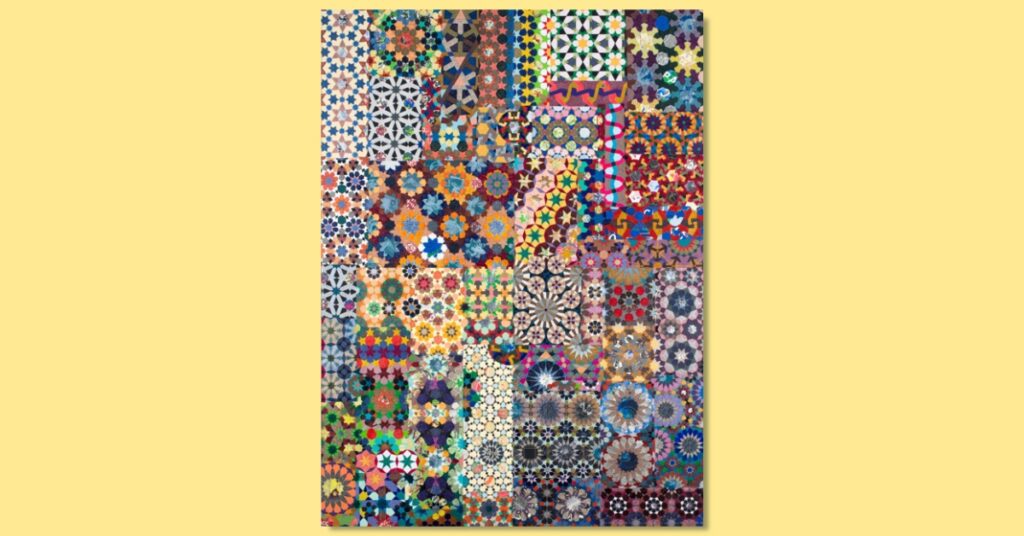
Untitled piece by Nathalie Du Pasquier
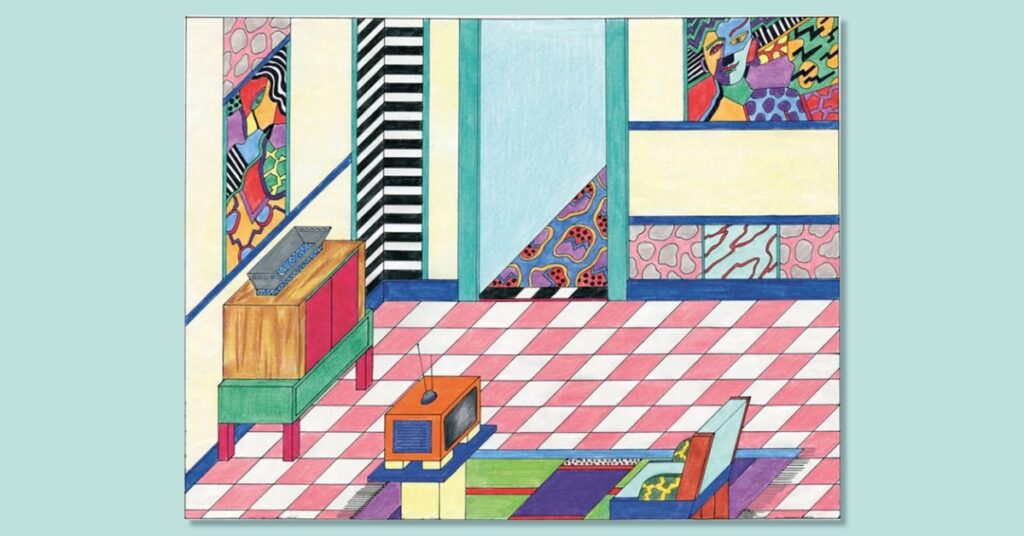
Martyrdom of Icarus by Raquib Shaw

Top 7 Artworks of the Maximalist Art Movement
Gustav Klimt’s “The Tree of Life” (1909)
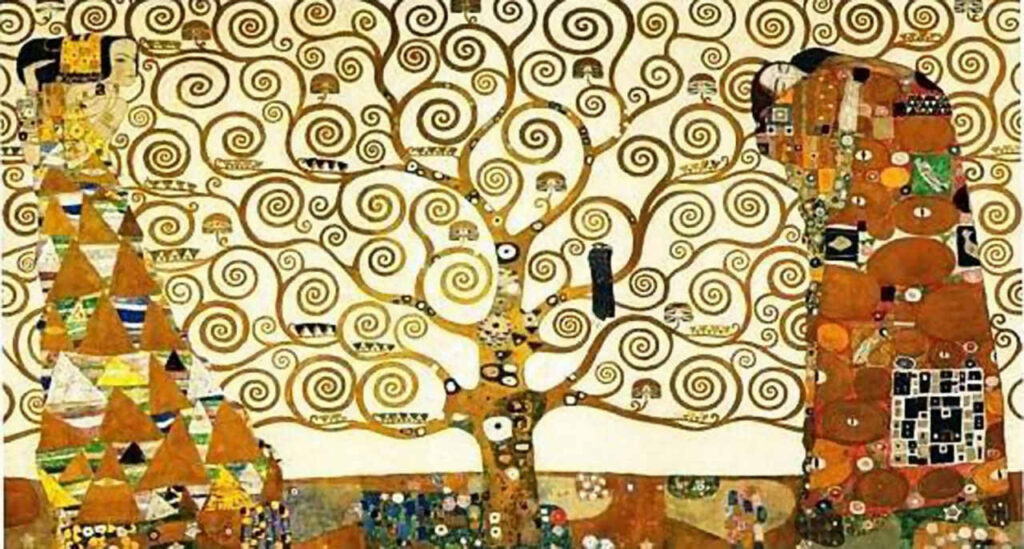
Gustav Klimt, known for his intricate and ornate style, created “The Tree of Life” as a symbol of unity and the interconnectedness of all living beings. The painting is a mesmerising tapestry of swirling branches, vivid colours, and shimmering gold leaf, showcasing Klimt’s maximalist approach to art.
Yayoi Kusama’s “Infinity Mirrored Room” (various)
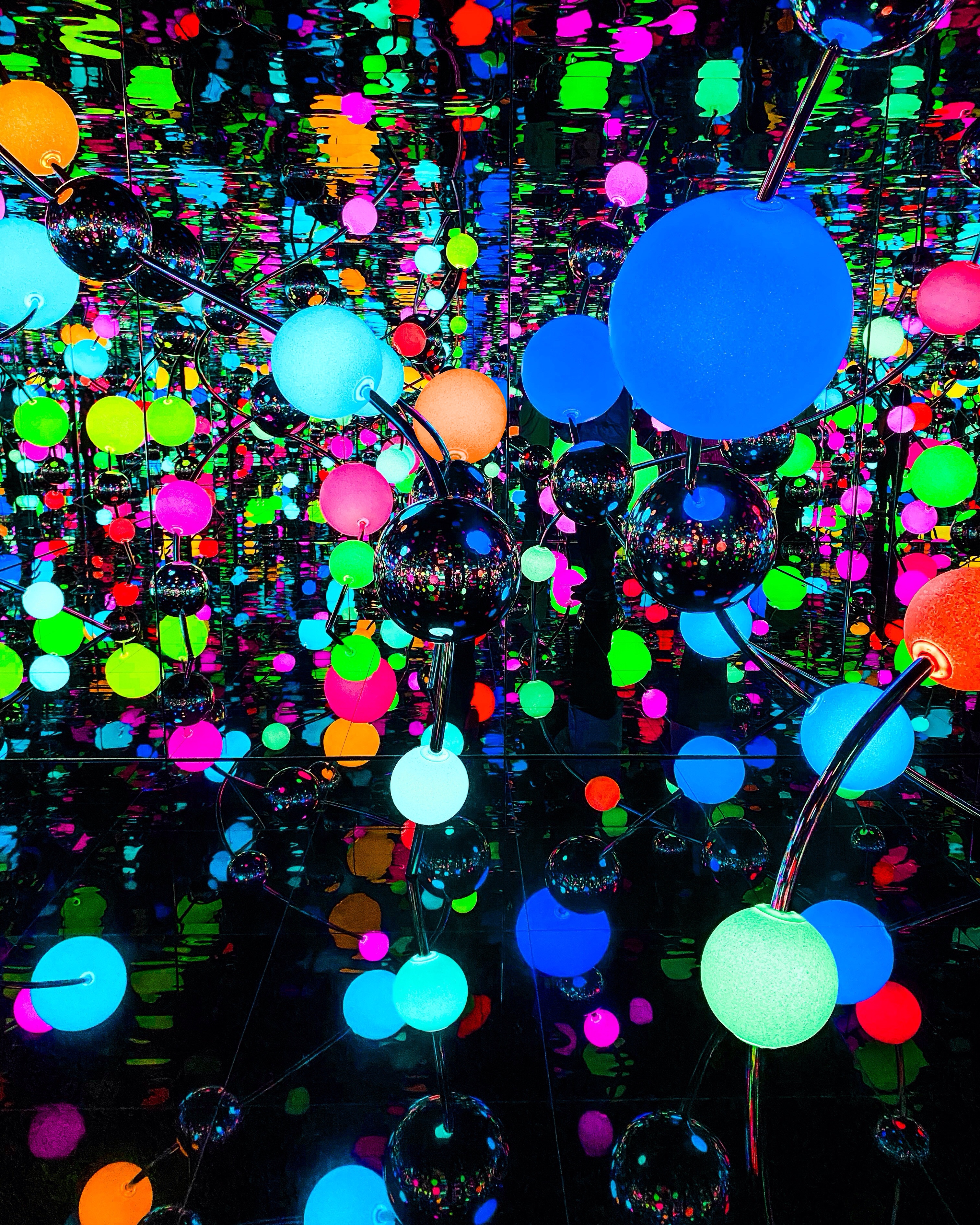
Japanese artist Yayoi Kusama is a pioneer of both, maximalist and minimalist paintings and installations. Her “Infinity Mirrored Room” series immerses viewers in a mesmerising, kaleidoscopic world of endless reflections, light, and colour. These installations offer a sensory overload that’s a hallmark of maximalism.
Jean-Michel Basquiat’s “Untitled” (1981)
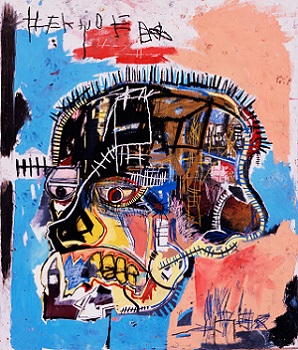
Basquiat’s graffiti-inspired art often incorporated maximalist elements. “Untitled” is a prime example, featuring a chaotic yet captivating composition of bold brushstrokes, cryptic text, and layered imagery. It embodies the chaos and complexity of maximalism.
Jackson Pollock’s “Autumn Rhythm” (1950)
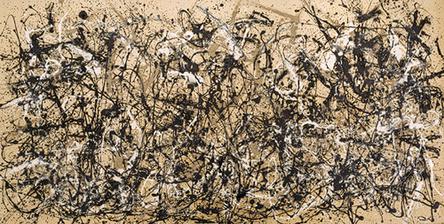
Pollock’s “drip paintings” are often seen as a precursor to maximalism. “Autumn Rhythm” is a chaotic dance of drips and splatters, showcasing the beauty of randomness and the idea that every mark on the canvas is of equal importance.
Frank Stella’s “Jarama II” (1982)

Stella’s “Jarama II” is a massive, complex composition of geometric shapes and vivid colours. Its maximalist geometry challenges viewers to explore the interplay of form and colour in this convoluted installation.
Takashi Murakami’s “Superflat” (1996)
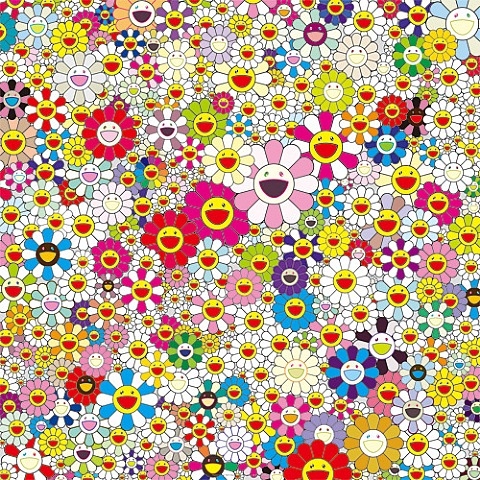
Murakami’s “Superflat” style combines elements of Japanese pop culture, manga, and maximalism. His artworks burst with characters, colours, and intricate details, creating a visually stimulating experience.
For more on Superflat Pop and other styles, see Top Digital Design and Illustration Styles
Anselm Kiefer’s “The Orders of the Night” (1996)
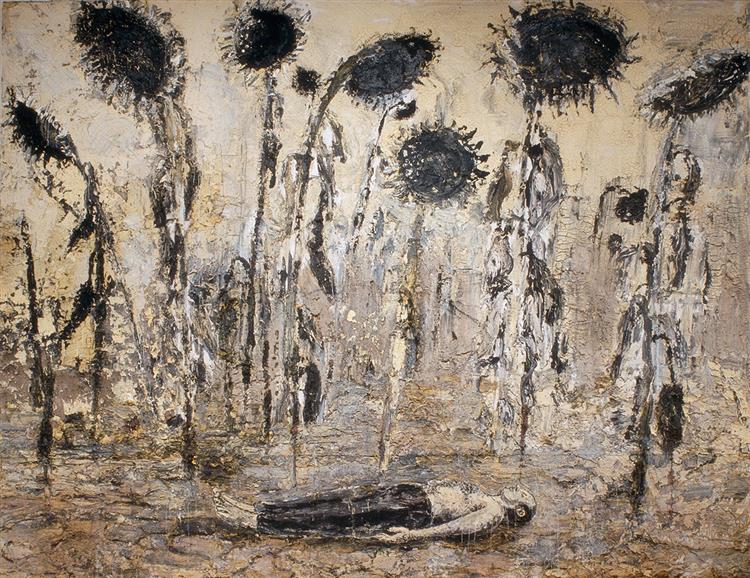
Kiefer’s massive, textured canvases are maximalist in scale and symbolism. “The Orders of the Night” features thick layers of paint, straw, and other materials, inviting viewers to delve into the complexity of history and memory.
Maximalism in art isn’t just about excess; it’s a celebration of the vastness of human imagination and the boundless possibilities of creativity. These famous artworks are windows into a world where more is indeed, more. This is where chaos and complexity are not obstacles but gateways to artistic exploration. In their vibrant colours, intricate patterns, and audacious forms, they remind us that art has the power to challenge norms, provoke thought, and ignite our senses in the most extravagant ways.
*Images from Wiki Commons

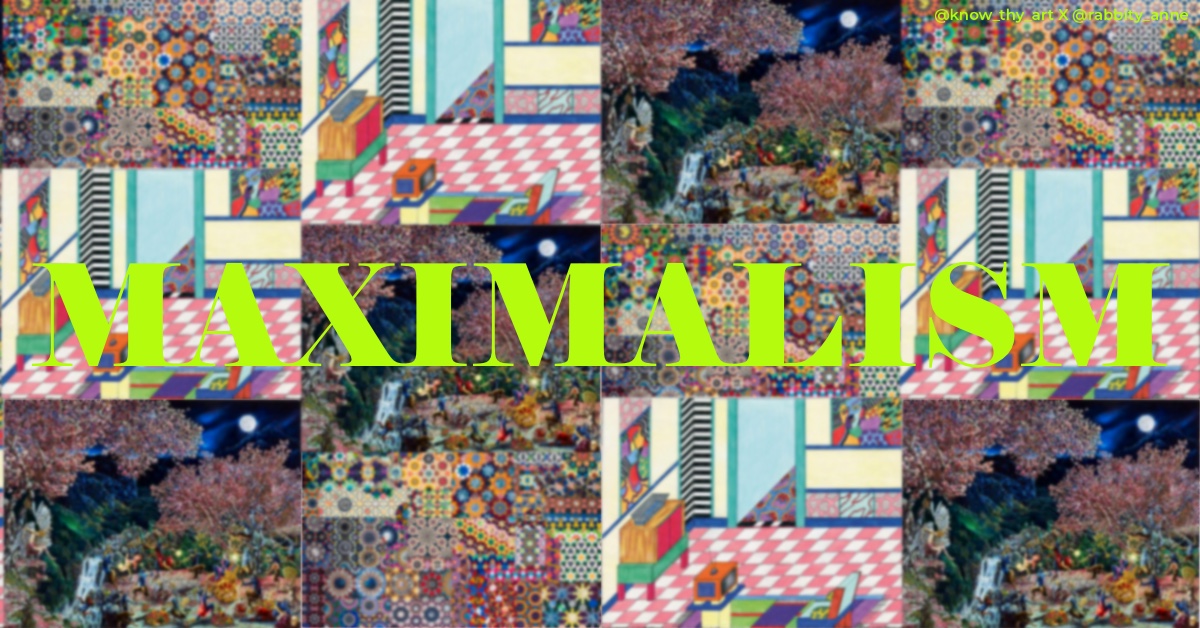


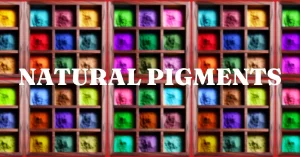


0 Comments